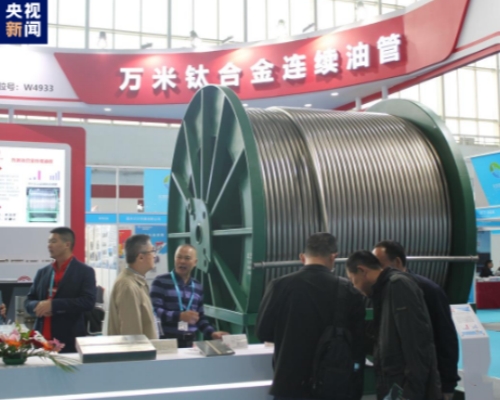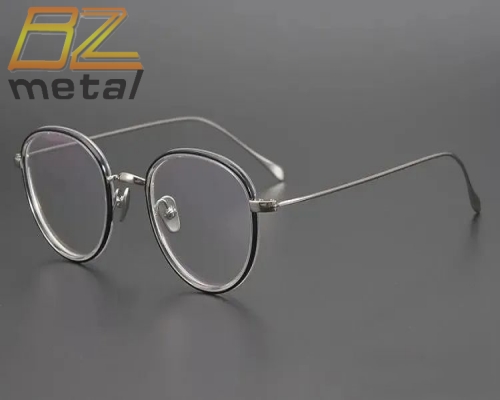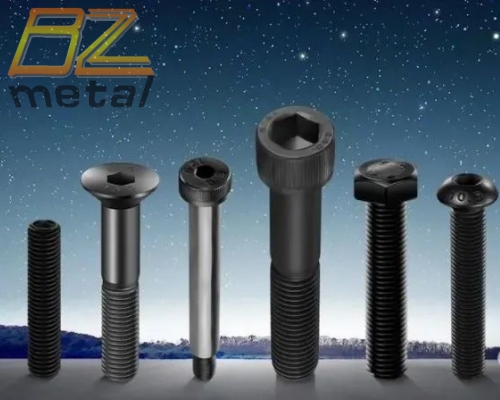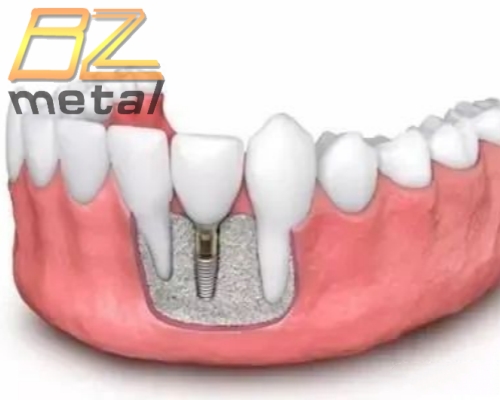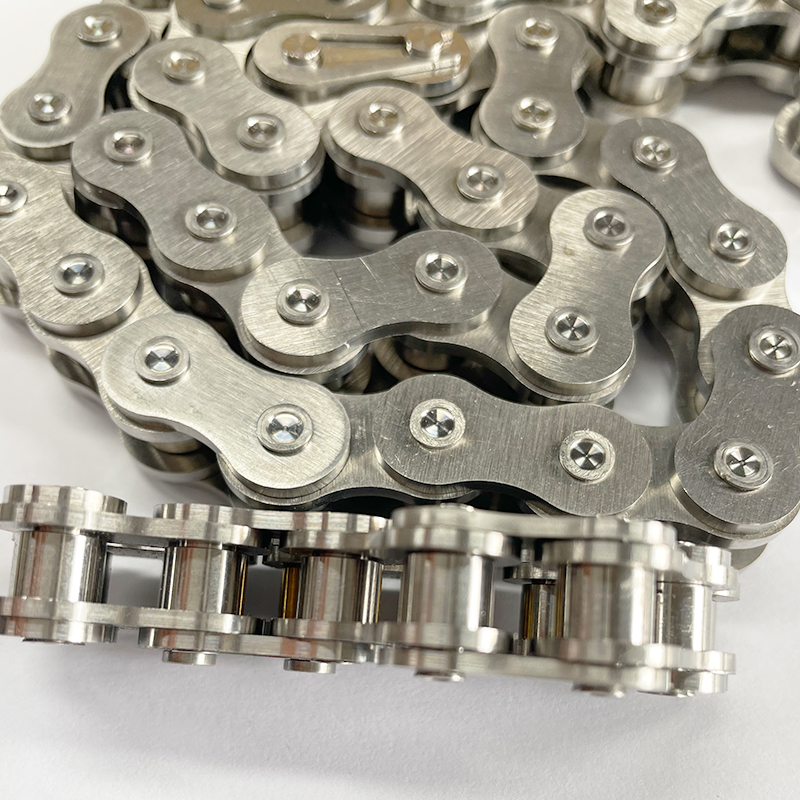Analysis and application of forging process of titanium alloy in aviation industry
Analysis And Application of Forging Process of Titanium Alloy In Aviation Industry
Forging is a crucial manufacturing process in the aviation industry, especially when dealing with titanium alloys. Titanium alloys are highly desirable in aerospace applications due to their excellent strength-to-weight ratio, corrosion resistance, and ability to withstand high temperatures. Forging plays a significant role in shaping and improving the properties of titanium components used in aircraft and spacecraft. Let's discuss the analysis and application of the forging process of titanium alloy in the aviation industry:
Analysis of Forging Process for Titanium Alloys:
1) Material Selection: The choice of the titanium alloy is critical for specific aerospace applications. Factors like strength requirements, operating temperatures, and weight considerations influence the selection of the titanium grade.
2) Temperature Control: Titanium has a high melting point, and forging must be performed at elevated temperatures. Controlling the temperature is crucial to prevent overheating or underheating, as these may lead to the formation of undesirable microstructures.
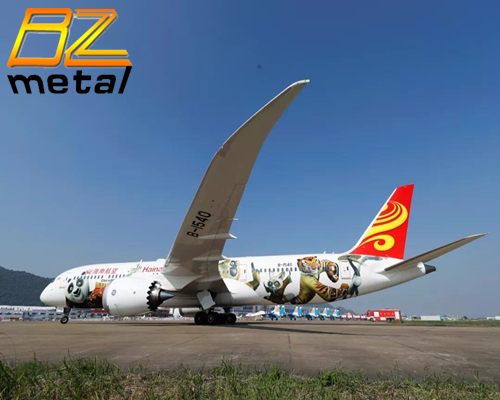
3) Die Design and Preheating: The die design must accommodate the complexities of the aerospace component. Preheating the die helps in reducing thermal shocks during forging, leading to better component integrity.
4) Hammering and Pressing: Titanium alloys are typically forged using hammers or presses. The hammering action improves grain structure and reduces the risk of defects. Press forging may be preferred for complex shapes and greater precision.
5) Deformation Rate and Load Control: Titanium's unique properties require careful control of deformation rates and loads to avoid cracking or distortion during forging.
6) Post-Forging Heat Treatment: Stress-relieving heat treatments are often applied to reduce residual stresses and enhance the mechanical properties of the forged components.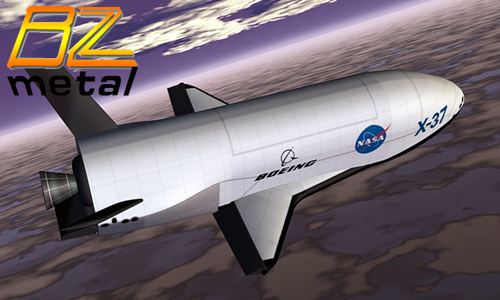
Application of Forging Process for Titanium Alloys in Aviation:
1) Aircraft Structural Components: Titanium forgings are used in critical aircraft structural components such as landing gear, wing attachments, and bulkheads. The high strength and low weight of titanium contribute to fuel efficiency and overall aircraft performance.
2) Engine Components: Forged titanium components find application in aircraft engines, including compressor blades, fan disks, and turbine disks. Titanium's ability to withstand high temperatures makes it suitable for engine components exposed to extreme conditions.
3) Aerospace Fasteners: Titanium forgings are used to produce aerospace fasteners like bolts, nuts, and screws. These fasteners offer high strength and corrosion resistance, essential for aerospace applications.
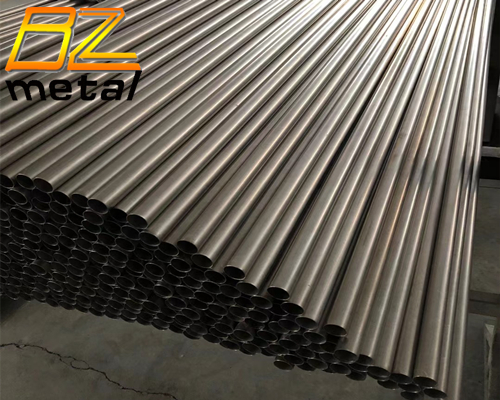
4) Rotating Parts: Titanium forgings are used in the manufacturing of rotating parts, such as rotors and hubs for helicopters and aircraft engines, where weight reduction is critical for improved performance.
5) Satellite Components: In space applications, where weight is a critical factor, titanium forgings are used in satellite structures and components to achieve lightweight and reliable designs.
6) Spacecraft Components: Forging is employed to produce various components for spacecraft, including rocket motor cases, propulsion system components, and structural elements.
In conclusion, the forging process for titanium alloys is vital in the aviation industry due to the unique properties of titanium, which make it an ideal material for aerospace applications. Proper analysis, temperature control, die design, and post-forging treatments ensure that the forged components meet the stringent quality and performance requirements of the aviation sector. Titanium forgings play a significant role in enhancing aircraft performance, reducing weight, and ensuring the safety and reliability of aerospace components.

